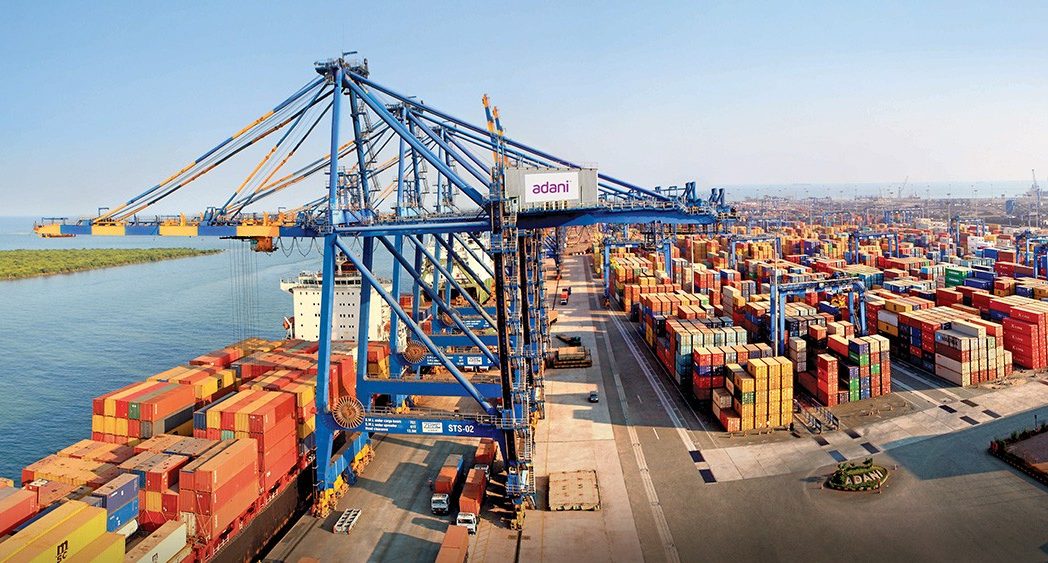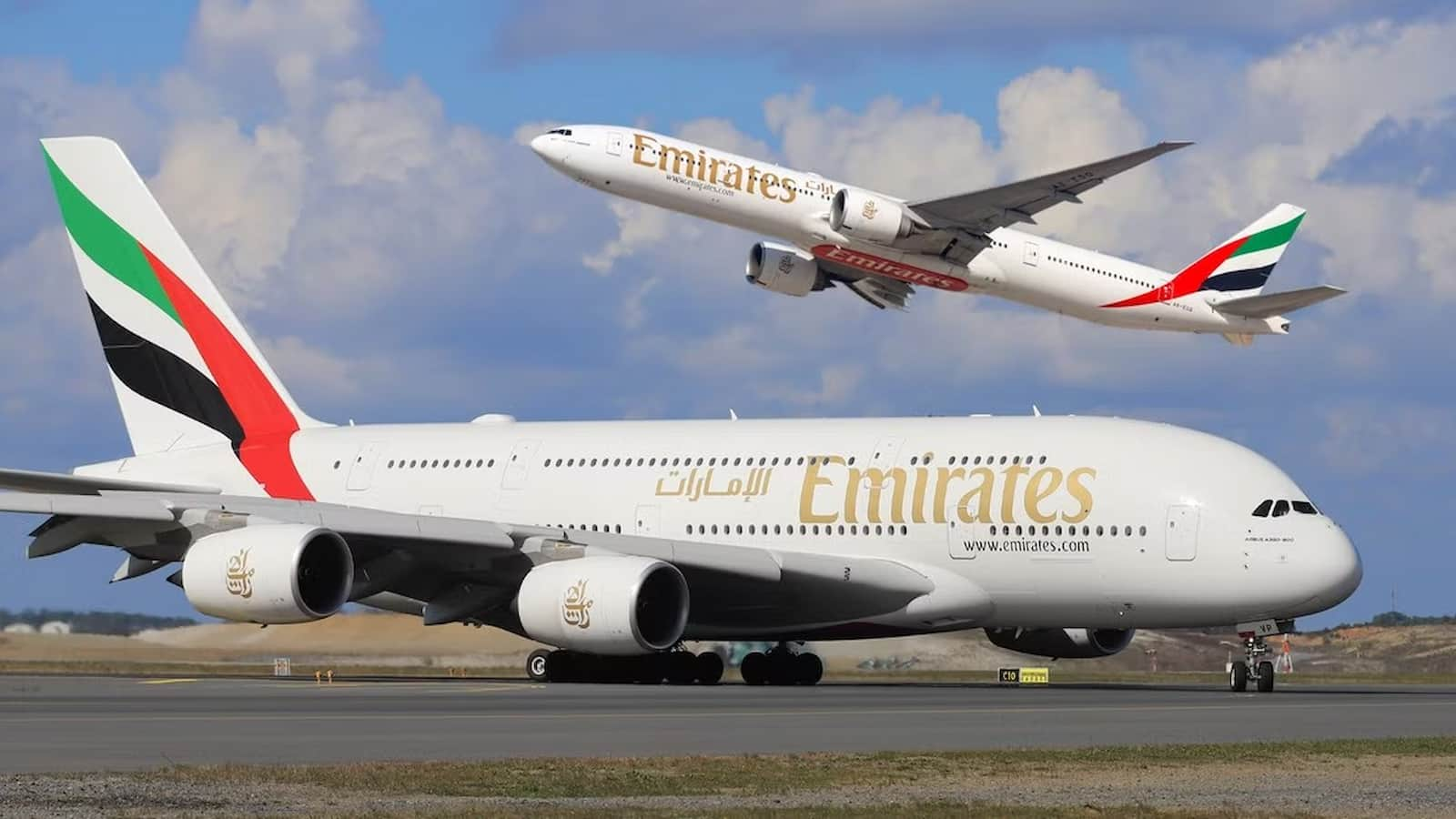On November 12, 2025, the Indian Union Cabinet approved a landmark export-support package of ₹45,060 crore (about US$ 5.1 billion), aimed at strengthening India’s export ecosystem. This move comes against the backdrop of rising global headwinds, especially steep U.S. tariffs imposed on Indian goods. While exporters across sectors have broadly welcomed the package, many are calling for greater clarity on how the funds will be allocated, when they will be disbursed, and what the implementation roadmap will look like.
1. What Is in the ₹45,000-Crore Export Plan?
Two Key Components
The ₹45,060 crore package consists of two major parts:
- Export Promotion Mission (EPM): ₹25,060 crore over a six-year period (FY 2025–26 to FY 2030–31).
- Credit Guarantee Scheme for Exporters (CGSE): ₹20,000 crore to provide collateral-free credit backed by 100% guarantee.
Why the Government Is Launching This Now
- Exporters are under pressure from 50% U.S. tariffs on items like textiles, leather, gems & jewellery, marine products, and engineering goods.
- There is a strategic need to diversify Indian exports into new geographies rather than rely heavily on traditional markets.
- The government sees structural issues in the export ecosystem: fragmented existing schemes, high financing costs, compliance burdens, and weak branding. The EPM is designed to address these.
- Through the CGSE, the government aims to improve liquidity for exporters, especially MSMEs, by permitting collateral-free loans.
Structure of the Export Promotion Mission (EPM)
The EPM will run over six years and is divided into two integrated sub-schemes:
- Niryat Protsahan: Focused on financial support — interest subvention, export factoring, export credit guarantees, credit cards for e-commerce exporters, and credit enhancement to enter new markets.
- Niryat Disha: Non-financial enablers — quality certification, international branding, packaging, participation in trade fairs, export warehousing, logistics support, inland transport reimbursements, trade intelligence, capacity building, and market readiness support.
Credit Guarantee Scheme (CGSE) Details
- The National Credit Guarantee Trustee Company (NCGTC) will provide 100% guarantee to Member Lending Institutions (MLIs) for this scheme.
- The CGSE will extend additional credit facilities up to ₹20,000 crore to eligible exporters, including MSMEs.
- Collateral-free working capital will be allowed up to 20% of the sanctioned export limit.
- The scheme will cover export loans up to ₹50 crore.
- The validity of this credit guarantee scheme is till March 31, 2026, though there is scope for extension.
2. Why Exporters Are Largely Positive About the Plan
Addressing Critical Export Pain Points
Many exporters feel this package directly tackles long-standing challenges:
- Trade Finance Access: Through interest subvention, factoring, collateral guarantees, the Niryat Protsahan scheme offers more affordable and flexible financing.
- Cost of Compliance: Niryat Disha’s support for quality certification, global standards, and technical compliance can help exporters overcome non-tariff barriers in foreign markets.
- Branding & Market Access: By helping with international trade fairs, packaging, and export promotion, the plan gives exporters tools to build global recognition.
- Logistics Efficiency: Warehousing support and reimbursements for inland transport aim to reduce export logistics costs, particularly for inland and non-coastal exporters.
Supporting MSMEs and Labor-Intensive Sectors
- The mission explicitly targets MSMEs, first-time exporters, and labour-intensive sectors such as textiles, leather, gems & jewellery, and marine products.
- The CGSE’s collateral-free credit is especially helpful for exporters who lack strong collateral or long credit histories.
- By easing financial constraints and enabling growth, the scheme could create jobs, particularly in labour-intensive manufacturing.
Digital, Unified, and Adaptive Framework
- The EPM is designed to be digitally driven and unified, consolidating previous fragmented schemes like the Interest Equalisation Scheme (IES) and the Market Access Initiative (MAI).
- A digital system — possibly managed by the Directorate General of Foreign Trade (DGFT) — is expected to streamline applications, approvals, and disbursements.
- The adaptive mechanism suggests that the scheme can evolve as global trade conditions change, making it more responsive than fixed, rigid subsidies.
Boost for India’s Long-Term Export Ambitions
- The package aligns with India’s vision to scale up exports and potentially reach US$ 1 trillion in merchandise exports.
- By supporting first-time exporters and non-traditional districts, the mission could help democratize export growth and widen the base of exporting enterprises.
- Enhanced liquidity through CGSE may help Indian exporters become more competitive globally, especially in markets where financing is a key hurdle.
3. Key Concerns Raised by Exporters: More Clarity Needed
While the broad reception is positive, exporters and trade associations have flagged several concerns and gaps.
Disbursement Timeline & Allocation
- Exporters are seeking specifics on when disbursals will start, how the ₹45,060 crore will be phased, and when MSMEs will begin to see the benefits.
- The six-year horizon of EPM (FY 2025–26 to FY 2030–31) raises concerns: exporters want interim milestones, not just long-term promises.
- There is skepticism over whether the full quantum will be utilized effectively or remain only on paper.
Eligibility & Targeting
- Questions remain on which exporters will get priority: Will only MSMEs be targeted, or can larger exporters also access these benefits?
- There is a demand for transparency: exporters want to know how “eligible” exporters will be selected, especially for credit guarantees.
- Exporters in non-labour-intensive emerging sectors (e.g., green goods, high-value tech) are curious whether they will be supported.
Sub-scheme Details
- For Niryat Protsahan: Exporters want clarity on interest subvention rates (which markets, what rate), how export factoring will be structured, which banks or institutions will participate, and how credit enhancement would work in riskier markets.
- For Niryat Disha: They want clarity on the scale of support — how much funding is allocated per exporter for quality certification, packaging, branding; how trade fair participation will be supported; and how reimbursements for logistics will be administered.
Risk Management & Guarantee Quality
- While 100% guarantee is promised, exporters are concerned whether all Member Lending Institutions (MLIs) will participate, or only selected ones.
- They want clarity on how quickly the guarantee will be honored: in case of defaults, how fast will NCGTC pay MLIs? What is the settlement process?
- There is concern about moral hazard: with full guarantees, lenders or exporters might take excessive risk, so stricter credit discipline might be needed.
Governance, Oversight, and Accountability
- Exporters are calling for transparency: regular public reporting on utilization, beneficiaries, and impact metrics.
- They recommend a grievance redressal mechanism: exporters should be able to report implementation delays, mismatches, or procedural bottlenecks.
- A third-party evaluation or audit framework could help ensure that funds are used effectively and the scheme generates real-world export growth.
Coordination with Existing Schemes
- There is some ambiguity around how EPM will subsume or coordinate with existing schemes like IES and MAI. Exporters need clarity on transition arrangements.
- Exporters are also watching how this plan aligns with ongoing schemes like RoDTEP, which was recently extended.
- They are concerned about overlaps or coverage gaps during the transition — whether some exporters might lose out if older schemes wind down before EPM benefits start.
4. Strategic and Economic Implications
Beyond the immediate reactions, the ₹45,000-crore export push has broader implications for India’s trade strategy, industrial growth, and global positioning.
Strengthening the MSME Export Base
- By improving access to trade finance and reducing risk, the scheme could empower MSMEs, many of which struggle with liquidity and collateral constraints.
- First-time exporters from smaller towns or non-export-intensive districts may now enter global markets, leading to inclusive export growth.
- Increased export orders will likely generate employment across manufacturing, logistics, and allied sectors.
Diversification and Market Expansion
- Non-financial support (e.g., branding, trade fairs, certification) can help exporters enter new markets, reducing over-dependence on a few destinations vulnerable to geopolitical risks.
- The mission’s adaptive structure means that India can pivot interventions based on evolving global demand patterns.
- Enhanced trade intelligence and capacity building may improve the quality of Indian export goods, making them globally competitive.
Trade Resilience and Risk Mitigation
- With U.S. tariffs rising, the package provides a financial cushion to affected exporters, reducing immediate risk and preserving market presence.
- Credit guarantees mitigate downside risk for lenders, encouraging them to extend more working capital to exporters.
- Over time, better financing and risk management can make Indian exporters more resilient to future trade shocks.
Improving Export Infrastructure
- Infrastructure improvements, like export warehousing and reimbursements for transport, will reduce logistical friction and cost.
- A unified digital platform for EPM may integrate with existing trade systems, making export processes more efficient.
- By boosting capacity for certification, packaging, and compliance, the mission helps build a stronger export infrastructure ecosystem.
Boosting India’s Export Ambitions
- The package signals a serious commitment from the government to achieve long-term export objectives, including ambitions of large-scale merchandise exports.
- The financial backing can help Indian exporters scale up, compete internationally, and become part of global value chains more meaningfully.
- As exporters grow, foreign exchange earnings may rise, supporting India’s macroeconomic stability.
5. Risks and Challenges
Even a well-conceived export package has potential risks. Here are some key ones:
- Execution Risk: Big policy announcements often face operational bottlenecks. Disbursements, digital platform roll-out, and coordination among agencies could delay benefits.
- Limited Uptake: MSMEs without capacity to apply or comply may miss out. If the scheme is not widely publicized or simplified, uptake could be low.
- Credit Risk: With 100% guarantee, lending institutions might take on risky clients. Without disciplined lending criteria, defaults could rise, putting pressure on the guarantee fund.
- Moral Hazard: Exporters might over-leverage if they believe all risk is covered, leading to poor financial discipline.
- Market Risk: Even with support, exporters are vulnerable to demand-side risks (reductions in global demand, slowing economies, more tariff barriers).
- Policy Continuity: The scheme is for six years, but trade cycles and risk can extend beyond that. Maintaining political will and funding continuity is essential.
- Overlapping Schemes: Misalignment or redundancy with existing schemes (IES, MAI, RoDTEP) could complicate administration or dilute impact.
6. Recommendations: What Exporters and Government Should Do
To maximize the impact of the ₹45,000-crore package, here are recommended actions:
- Clear Operational Guidelines: The commerce ministry and DGFT should publish detailed SOPs (Standard Operating Procedures) for both sub-schemes, covering eligibility, application, disbursal, and compliance.
- Eligibility Transparency: Define and publicly share the criteria for accessing both Niryat Protsahan and Niryat Disha benefits, especially for MSMEs and first-time exporters.
- Milestone-based Disbursement: Instead of lump-sum or annual disbursals, link payouts to milestones — number of exporters onboarded, trade fairs participated, certifications completed.
- Regular Reporting & Monitoring: Issue quarterly or biannual reports with data on fund utilization, number of beneficiaries, regional distribution, and export growth. This will build trust and accountability.
- Grievance Redressal Mechanism: Establish a dedicated, user-friendly online and helpline-based grievance system to resolve application delays, rejections, or other exporter issues.
- Third-party Evaluation: Commission independent agencies or trade bodies to audit the scheme’s performance, suggest mid-course corrections, and measure real-world impact.
- Capacity Building & Outreach: Conduct awareness campaigns, especially in Tier-2/Tier-3 districts. Host workshops for MSMEs on how to apply, manage compliance, use financing tools, and access overseas markets.
- Risk Management Framework: Develop prudent credit evaluation norms for CGSE, including risk scoring, periodic reviews, and controls to prevent misuse or over-reliance.
- Scheme Alignment: Clarify how EPM will integrate or phase out existing schemes like IES, MAI, and RoDTEP, to avoid duplication and confusion.
- Sustainability Planning: Design an exit or hand-holding strategy beyond six years. Plan for how guarantee exposure will be managed, how credit support will evolve, and how digital infrastructure will be maintained.











